SKL is reader supported. When you buy through links on our site, we may earn affiliate commission. Learn more here.
Has greenwashing within the fashion industry caught you off-guard? Have you been fooled by a brand you thought was sustainable, only to find out they aren’t what they seem? Lucky for you, we’ve pulled together greenwashing examples and amazing tips on how to avoid greenwashing to the best of your ability!
This guide is all about greenwashing examples and how to avoid greenwashing.
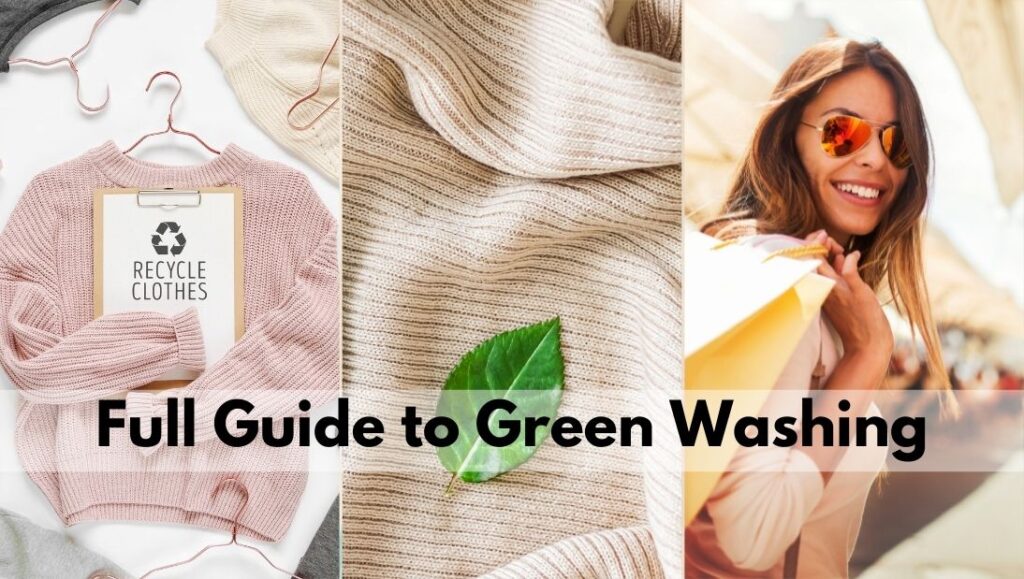
At this point, everyone reading this has heard the term ‘greenwashing’. But what exactly does it mean in regards to fashion? What does it mean for you as a consumer? How does greenwashing actually affect your daily life?
Probably more than you think.
This guide is all about greenwashing examples and how to avoid greenwashing.
What is Greenwashing?
At the end of the day, greenwashing is essentially just false advertising.
In today’s world of ever-evolving, conscious shoppers, large companies are hearing consumers’ requests for more sustainable products and more transparency loud and clear. They know what their customers want to hear; it’s become the rallying cry for sustainable fashionistas all over the world: WHO MADE MY CLOTHES?
They know that behind this catchy hashtag there is a slew of questions being asked of them:
- Are the factories this garment was made in safe for workers?
- How much were garment workers paid to produce this item?
- Where was the fabric made?
- What chemicals are used to make this fabric?
- What is the environmental impact of the garment I am wearing?
They know the answer to all these questions. And the big goal of all these companies today is to make us feel like they really care. The research is clear: study after study show that consumers are more likely to buy a product if they believe it was created in a sustainable or ethical way.
So, what’s a brand to do?
Most large companies are only interested in their bottom line. What they aren’t interested in doing is changing their tried and true methods of making money just so that their customers can sleep at night. They aren’t interested in investing more time and money towards properly sourcing their materials, paying their garment workers a living wage. And they definitely aren’t cleaning up after their polluting factories.
Instead, many large companies have found a loophole called ‘greenwashing’ which can make them look and seem more environmentally friendly than they really are. This is done using fancy language and false statistics, by changing their packaging to look more “eco-friendly”, or just outright lying.
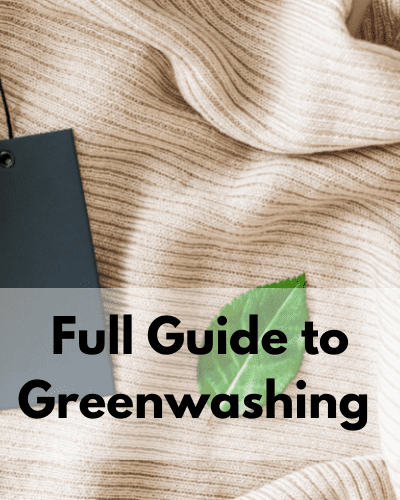
Greenwashing Examples
1. ZARA
As the original “fast fashion” brand, why not start here for our first greenwashing example.
ZARA has recently released new sustainability targets, including sourcing 100% sustainable fabrics by 2025 and building a clothing recycling program to keep their clothing out of landfills by 2023. Their website advertises their Join Life program, claiming they are “working to integrate sustainability into their daily decision making.”
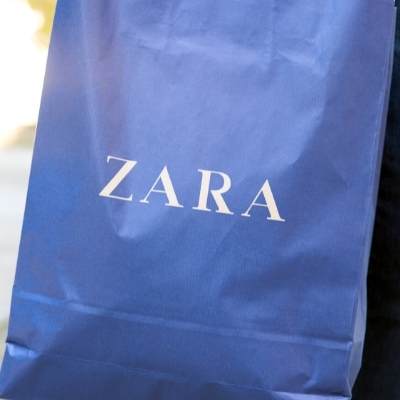
In reality, ZARA currently releases roughly 500 new designs a week, amounting to around 450 million items produced per year. Obviously, production on this scale is not sustainable for the planet or the people making the clothing. We also know that, at this point in time, “recycling programs” are synonymous with dumping grounds in the Global South, the most notorious of which is the famed Katamanto Market in Accra, Ghana, where some 15 million second-hand garments are dumped every week off of ships hailing from the US, Canada, the UK and Australia (to learn more about this, check out any of the myriad of interviews with Liz Ricketts of the OR Foundation who are doing amazing work to fight the fashion waste issue in Ghana).
So, while ZARA has a beautifully worded sustainability initiative, their current production targets don’t indicate that they are actually working towards sustainable practices.
2. H&M Conscious Collection
Second on the list of greenwashing examples is none other than H&M. The “Conscious Collection” by H&M hits almost every point on our greenwashing bingo card! We’ll touch on them a bit more later, but for reference:
- They use vague keywords such as “innovation”, “sustainability”, and “minimal impact”, but don’t provide any further information to back these claims up.
- They advertise the use of “eco” and “regenerated fibre”. In reality, only 1% of any garment need actually contain organic or recycled fabrics.
Like ZARA, they also make a big deal around “closing the loop” through their recycling program, with scant details around where that donated clothing ends up.
- They use literal GREEN hang-tags to differentiate their Conscious Collection from their regular collection (a marketing trick as old as time).
- Their Conscious Collection makes up a fraction of their overall sales. The majority of their collection is still made in dangerous working conditions with poor quality fabrics.
- And last but not least, their Conscious Collection is still very inexpensive, indicating that it can’t possibly be made in fair working conditions.
3. ExxonMobil
Obviously ExxonMobil is not a clothing brand. In fact, it’s one of the world’s largest oil and gas companies, which may seem like an odd choice for green washing examples to include in this list, but stick with me.
ExxonMobil was very recently called out for greenwashing at such a high-level that it managed to trick the New York Times into believing their sustainability claims!!! So don’t you dare feel bad next time you fall for greenwashing – these companies are SLICK (oil pun intended).

The NYT has a pretty strong policy against accepting advertising money from oil and gas, but last year, ExxonMobil ads started popping up in a few of their podcasts, most notably The Daily. These ads claimed that ExxonMobil was working to deploy carbon capture and storage (CCS) technology, and that it could remove 90% of carbon dioxide (CO2) emissions from major emitting industries. This means it could drastically lower the carbon footprint of everyday things “including roads and devices we all rely on.”
When climate experts looked into this claim, they noted that CCS technology, while something scientists are actively working towards, is actually still a pipe-dream, and that ExxonMobil currently captures less than 1% of it’s annual emissions, which, being an oil and gas company, are a LOT – like, 120 million metric tons in 2019 a lot. In fact, ExxonMobil puts significantly more money into continued emissions than it does CCS. That IS their business, after all. To boot, scientists don’t actually believe that 90% capture of emmissons will ever be possible, and it definitely isn’t something we can do yet.
To close out their ad, ExxonMobil suggests visiting their website to learn more about their “climate solutions”.
They don’t, however, offer any information regarding the myriad of ways that their company is actively destroying the planet. In fact, they fail to mention the fact that, since the 1970’s when the global warming was first recognized as a major global issue, ExxonMobil has actively lobbied AGAINST climate protection policy and actually managed to delay the public acceptance of global warming significantly.
A major oil and gas company touting the benefits of a technology that doesn’t actually exist yet to clean up a mess they are largely responsible for is a perfect example of “if it sounds too good to be true, it probably is” greenwashing.
4. Shien: The latest greenwashing example to take the World by storm
Shien seemed to come out of nowhere and smack us all across the face with a neverending supply of mega inexpensive, mega trendy, and mega poor quality clothing. In 2021, Shien overtook Amazon as the #1 shopping app worldwide, and it continues to grow daily. Their website showcases a dizzying list of products and an aggressive use of pop-ups to advretise flash sales, free shipping, and discount codes (another sure sign of greenwashing, HEAVY discounting).
The fact that Shien even has a “social responsibility” page on their website is shocking, and shows just how much lip-service brands are willing to pay towards the sustainable fashion movement. Their website advertises that they produce only 50-100 pieces per new product, but fails to mention that they add almost 3000 new products a WEEK to their website.
Their website also claims that they NEVER engage in child labour or other unethical production practices, but they fail to list the factories that their garments are produced at.
Also, based on the price point of their products, it’s extremely unlikely that they pay their garment workers fair wages, let alone the health insurance, investment plans, and benefits as their website states. In fact, the BBC recently reported that their garment workers are often forced to work 75 hour weeks with 1 day off per month, usually without a contract, meaning that the company could withhold pay for any reason, at any time.
Like H&M and ZARA they claim to offer a recycling program, but it’s virtually impossible to find any details on this program anywhere on their website.
7 Easy Ways to Avoid Greenwashing
Greenwashing can take on many forms, and not all of them are easy to spot. Here are some of the ways that companies trick consumers into believing their products are environmentally friendly, and how to avoid them:
1. Look for logos, and keep an eye out for “look alike” logos
There are many government-run programs that strive to reward and recognize companies who are actually fighting the good fight. These often have a branded logo that only companies who follow their strict guidelines are permitted to use. Companies who don’t qualify might put a similar-looking logo on their products that proclaim “fair trade”, “organic” etc. While this may look convincing, always make sure to research any certification logos you don’t recognize, and cross-reference that with what you are seeing on the packaging.
Look for logos such as these in everyday products:

The fashion industry has many of its own certifications. Make sure to do your research if you are concerned about the materials, chemicals, and standards by which your clothing is made.
Some more common ones are:
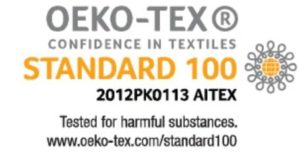
Oeko-Tex is a global standardization by which textiles are measured for harmful (for humans and the planet) substances and production practices. They are leading the charge in identifying eco-friendly textile dyes & colorants.

Tencel is a trademarked brand of lyocell and modal fabrics. This logo ensures that the raw materials are grown on land that can’t be used to grow food – therefore not taking away valuable farming land. This also ensures that the textile is created using a closed-loop system that doesn’t pollute waterways.
Only products that use Tencel branded lyocell fabrics are allowed to use their logo and the Tencel name. If you see products made from ‘lyocell’ or ‘modal’, the material is likely not created in a sustainable way, though it is still a natural fiber.
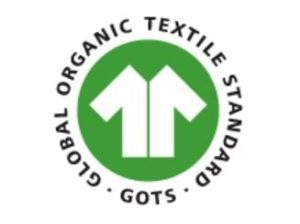
GOTS or ‘Global Organic Textile Standard’ is a worldwide standardization for organic textile processing. It focuses on the ecological and social impacts of the entire supply chain. Look for this logo if you want to be extra sure that your products are 100% organically certified, from seed to garment.
2. Beware of “Trade-Offs”
Trade-offs refer to large companies who promote a “sustainable” product or initiative when they aren’t making changes to their overall production practices. Think about our greenwashing examples!
*Cough* H&M, ZARA, Uniqlo *Cough*
As I’ve already called them out, let’s use H&M as an example. Recently they have ramped up marketing on their “Conscious” collection. This line of basics is “designed to promote the use of recycled materials.” They claim that this collection aims to prove that “affordable, stylish fashion and sustainability is possible.”
That’s a great initiative, and it sure sounds like they are on the right path. But the Conscious collection is barely a sliver of their annual production and sales. The majority of their products are still designed to be cheap and disposable.

The Conscious collection is still sold for a fraction of what garments should be sold for. This contributes to the systemic undervaluing of the amount of time, resources, raw materials, and energy it takes to produce clothing. Not to mention the culture of volume that it has created.
To top it all off, recycling fabric is still extremely difficult and inefficient. This means that it’s very unlikely that even a fraction of their products can actually claim “recycled” materials.
But here’s where you find that sneaky Greenwashing again!
With no one to hold H&M accountable to their claims, the Conscious collection only needs to contain 1% recycled or organic textile to be considered ‘sustainable’. THIS is why it’s so important to do your research. Call out your favorite brands and most importantly use your beautiful brains: if it seems too good to be true (a $9 organic cotton t-shirt, produced ethically? I don’t think so…) then it probably is.
3. Avoid Vagueness
We’ve all seen them, the product labels or tags that scream GREEN or ORGANIC or ECO-FRIENDLY. It’s likely our curiosity has even been piqued and we’ve gone in for a closer look only to find….nothing.
Beware of product tags that don’t provide any information beyond keywords. Inability to back-up claims of sustainability is a tell-tale sign of a greenwashed product. Look for specifics, and if you can’t find any on the hang-tag, check the care label in the garment itself. Comparing the country of origin, materials, washing instructions and price is enough to give away alllll the garments dirty little secrets.
4. Know your Textiles
Speaking of materials, textiles can be a hard web to untangle if you don’t know what to look for. The end of a garment’s life can be just as bad for the environment as its creation, so understanding what your garments are made of and what is involved in that process is extremely important to avoid greenwashing.
Keep your eyes peeled for 100% fibre textiles, for example, 100% Organic Cotton, 100% rayon, or 100% recycled polyester. Blended fabrics (ex. 40% cotton, 60% polyester) are virtually impossible to recycle. We don’t quite have the technology to separate out materials yet, so even with the best of intentions (and the best marketing), garments using blended materials will likely end up in landfill.

If a garment is advretised as using “natural fibres”, make sure to check the percentage. Remember what we learned earlier about only 1% of natural fibres being necessary to label a garment “sustainable” (insert big eye roll).
Natural fibres also come in many forms, and not all are created equal. For example, organic cotton is a natural fibre that is grown without pesticides, whereas conventional cotton is usually grown using highly toxic chemicals which are extremely dangerous for the farmers and the land. Ryaon, viscose, lyocell and modal are all different terms for the same natural fibre, which can be made from many different kinds of trees – usually bamboo, eucalyptis or beech trees. However, the raw material for rayon (and it’s alias’s) is usually logged using unsustainable practices which wipe out who ecosystems and are responsible for biodiversity loss. That’s why looking for something like the Tencel label can be so important.
We’re also starting to see more and more “eco-friendly” or “vegan” leather, fur, or wool garments.
While this is a big plus for animal welfare, it’s important to remember that vegan doesn’t always mean sustainable, and usually these products are made from petroleum based materials that are extremely hard on the environment. Something to think about before purchasing leather OR leather-like products.
5. Watch for HEAVY Discounting
We’re not talking a few end-of-season sale items and a 10-15% discount off your favourite brand.
We’re talking those aggressive, flashing pop-up’s that advertise 80% OFF STOREWIDE or 30% OFF SALE ITEMS! These sales can be VERY tempting, we know, but if a brand can afford to drop their prices by 80% and still stay in business, something isn’t adding up. Don’t be fooled, even with a discount a t-shirt shouldn’t cost less than your latte.
6. Use the Good On You app
If you’re still having a hard time distinguishing between greenwashing and a company with real sustainability values, or if you are just in a rush and don’t have time to do all the required reading: there’s an app for that.

It’s called Good On You and it has done a LOT of the heavy-lifting already. Good On You rates fashion brands according to their ethics and sustainability. They offer a holistic view of a brand’s transparency, their environmental impact, and their treatment towards garment workers. Their ratings are based on three areas: People, Planet, and Animals. They provide an extensive overview of why they rate brands as they do, what the brands are doing to improve. They also include helpful stats and list any certifications the brand may hold.
The app works especially well for larger brands like Adidas or Asos.
The Good On You app can be downloaded on Android and iPhone, or you can search their brand directory online here. Plus, they have a wonderfully informative blog where they write in-depth reviews on brands and provide sustainable shopping tips!
7. Shop Second-Hand!
If you’ve been a follower of SKL for a while now, you know we love to tout the benefits of second-hand shopping. Like, literally whenever we can. And here is yet another good reason: avoiding greenwashing is extra-easy if you just don’t buy brand new garments! TA-DA!
So there you have it, folx! The easiest, quickest ways to avoid sneaky greenwashing!
We know sometimes it’s impossible (and expensive!) to find 100% organic, sustainably sourced, fair trade clothing. But knowing what to look for and practicing using your discerning eye is a big step towards living a more sustainable lifestyle, even if you can’t always get it 100% right! And remember, if it seems too good to be true, it usually is!
This post was about greenwashing examples and how to avoid greenwashing.
Make sure to check out our Directory of Sustainable Brands for brands we have already vetted and love. Wishing you the best of luck on your sustainable journey! Always here to help.
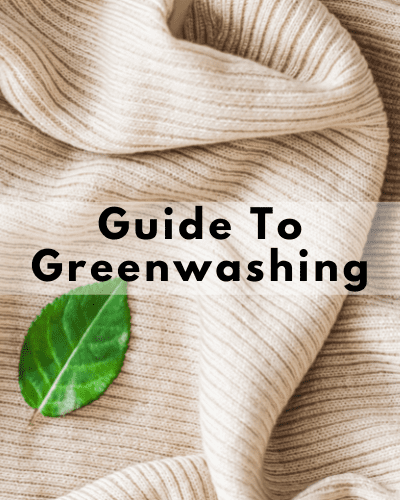
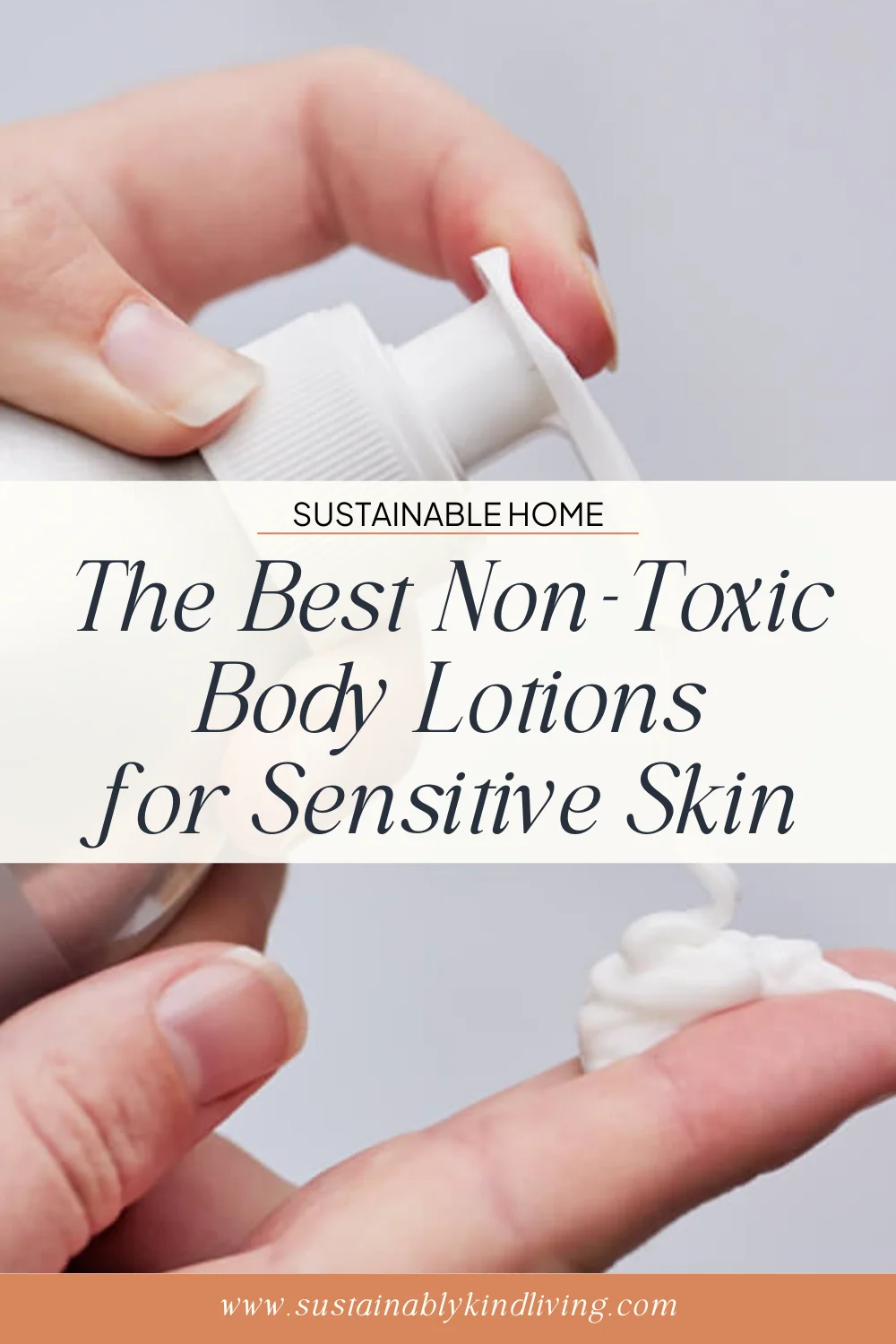
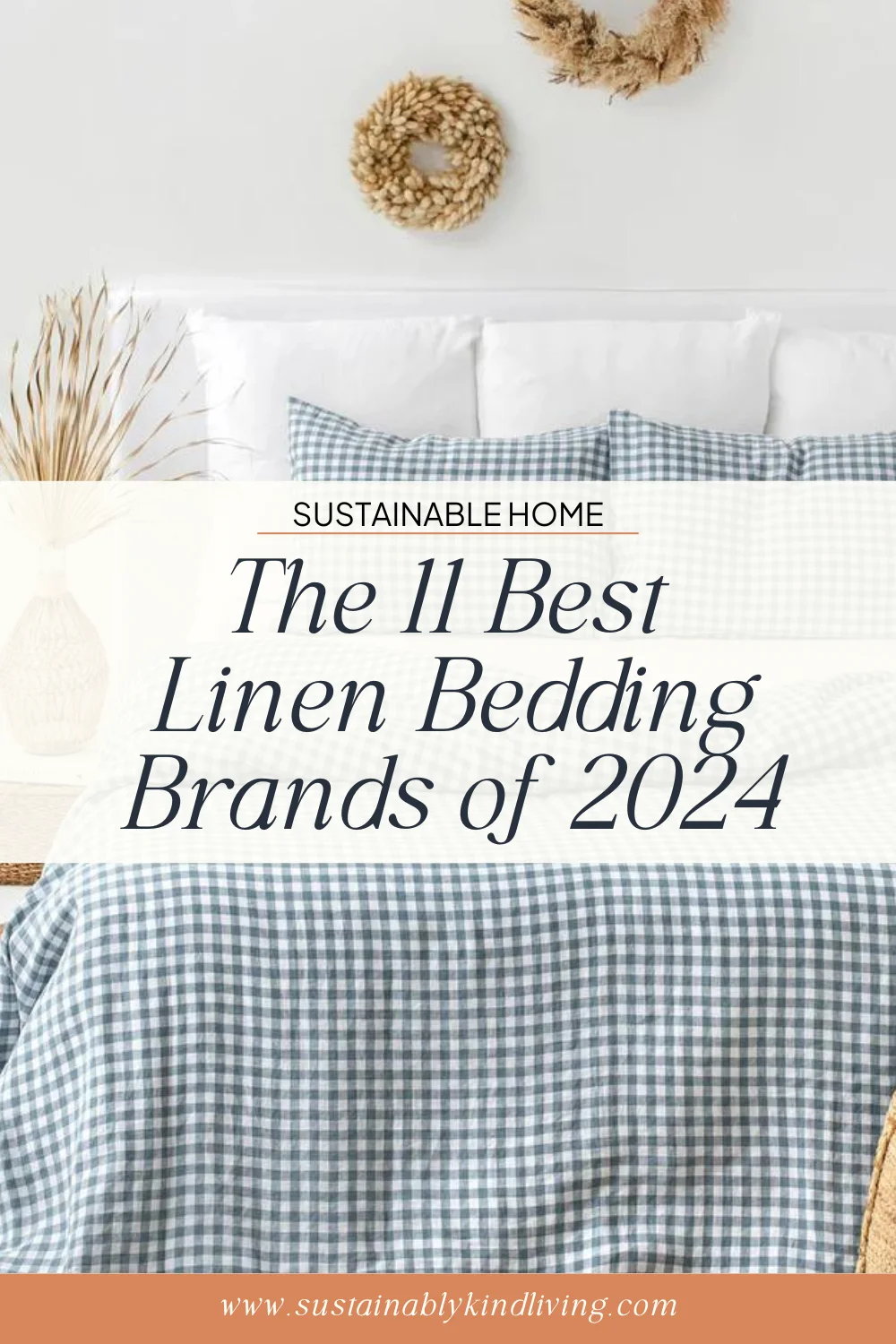
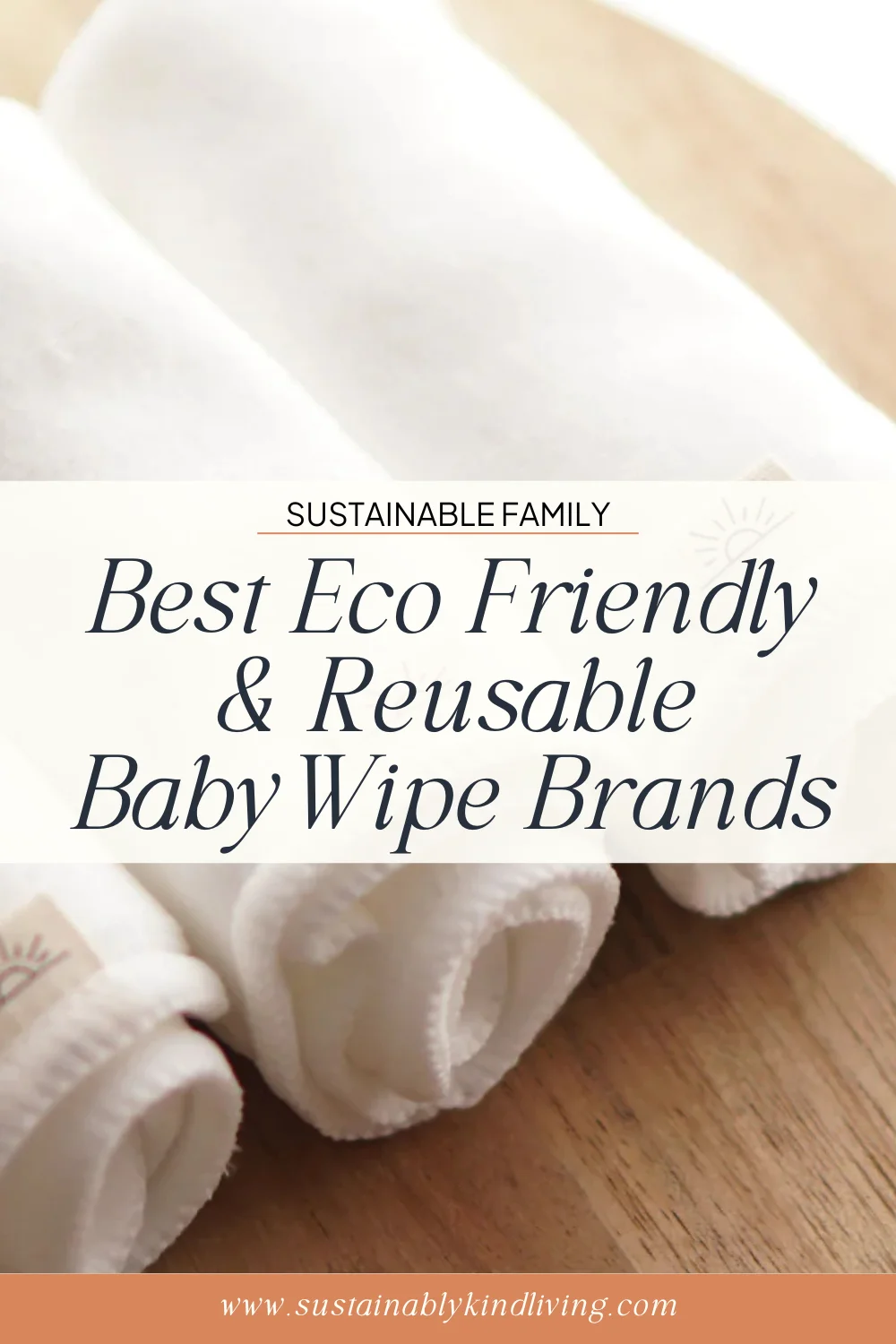
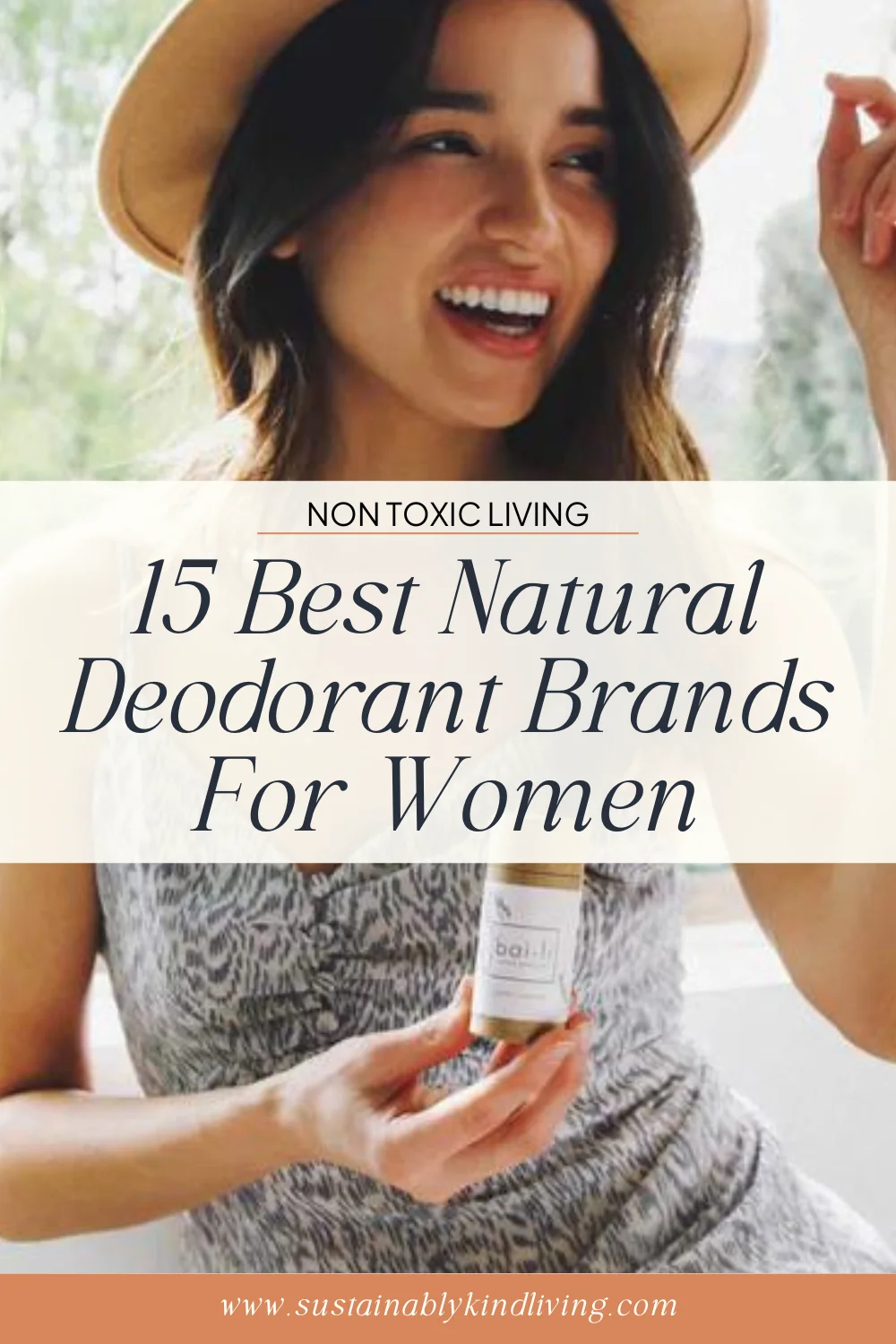
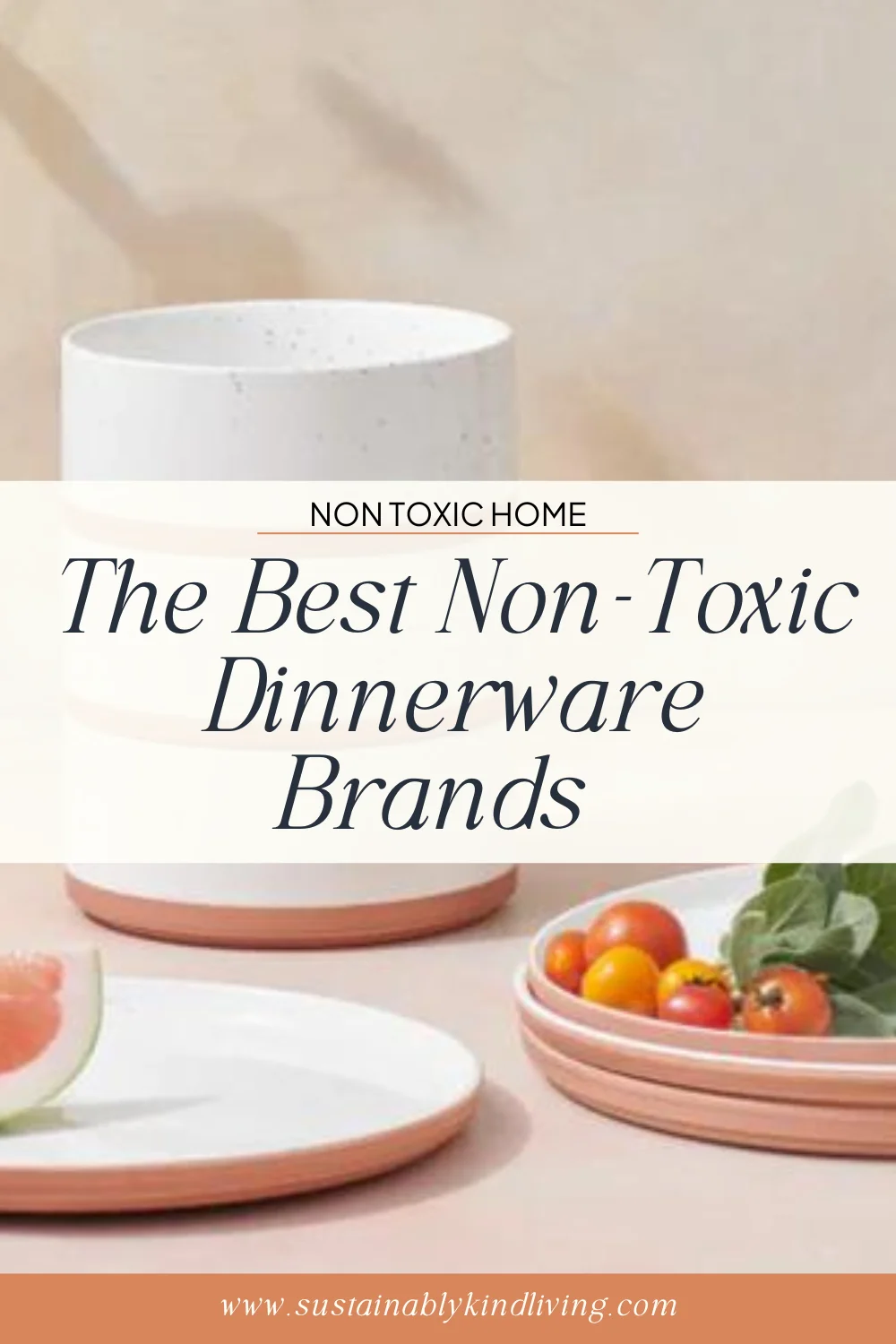
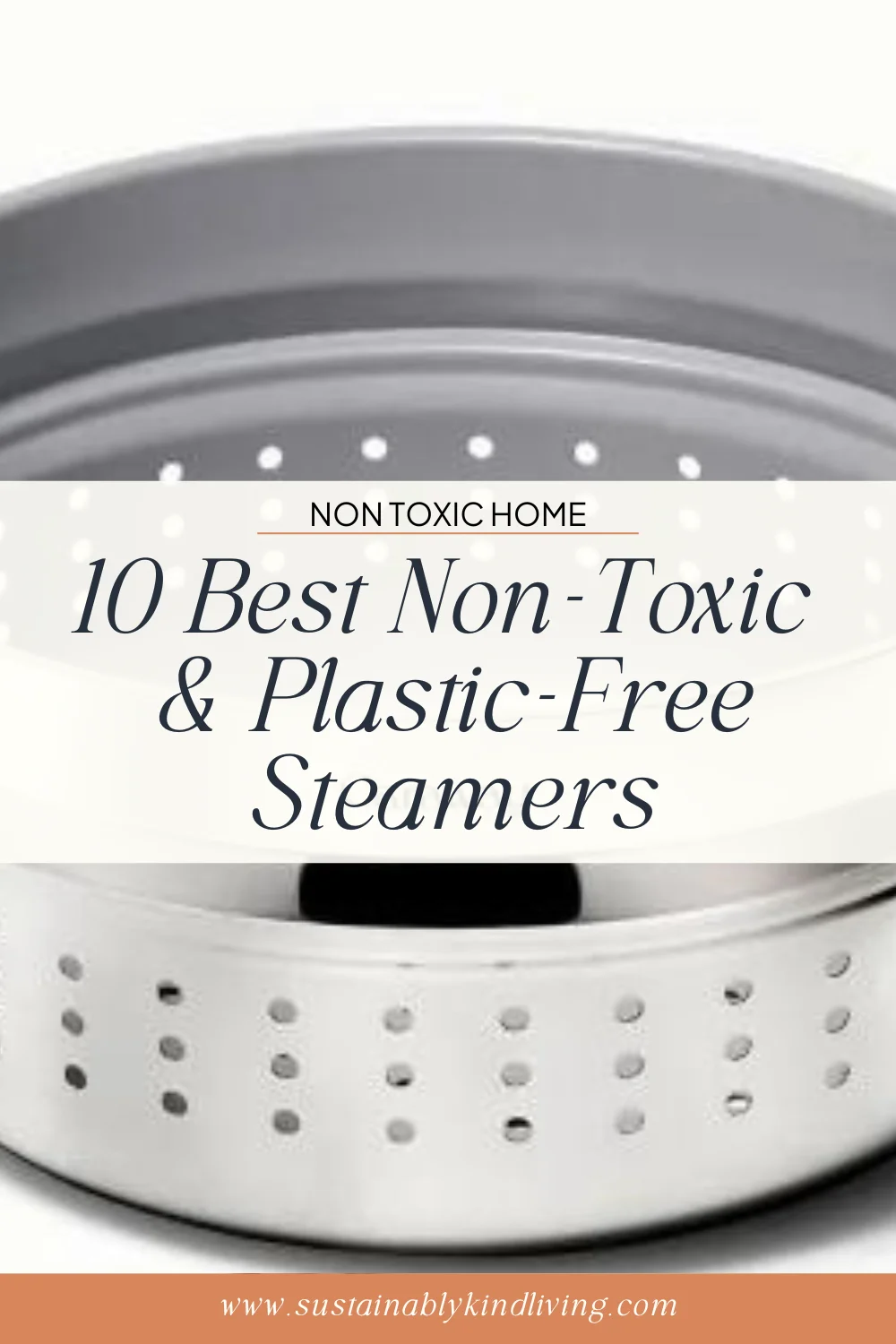

+ show Comments
- Hide Comments
add a comment